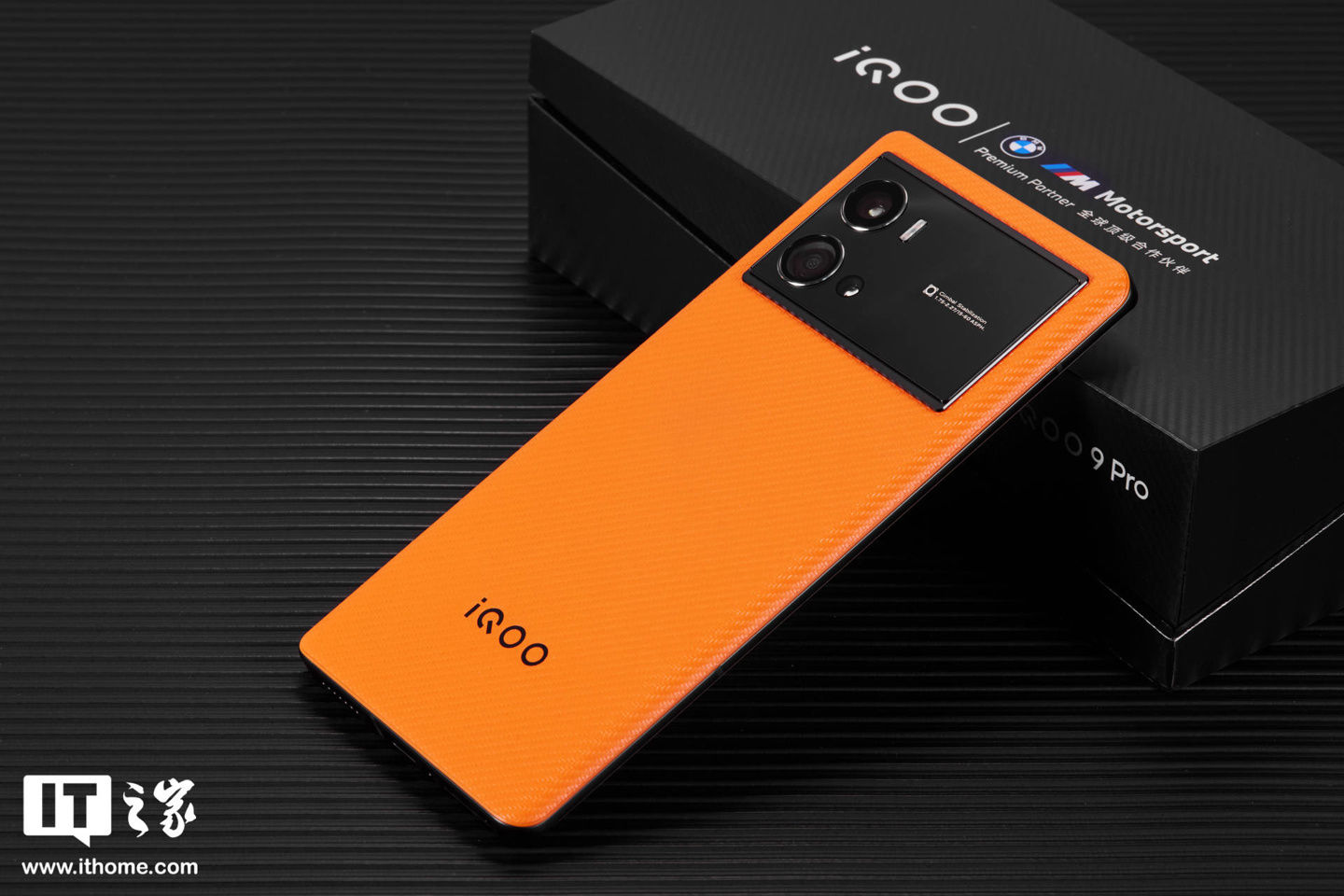问题一:如何引用私有库
起初认为既然node_modules是用来存放安装的包的,那么直接把 @yunzhi放进node_modules里就可以了。
尝试之后发现,虽然可以使用库中的函数,但是当直接引用函数时系统不自动引用@yunzhi,需要人工手动引入。
询问之后发现只需要根据引用的文件名在package.json中引入相应依赖,再重新执行npm install即可。
之后又发现package.json中主要包含以下几种参数
"scripts":{...}
"dependencies":{...}
"devDependencies":{...}
其中
scripts: 定义了一组可以运行的 node 脚本。"scripts": {
"ng": "ng",
"start": "ng serve",
"build": "ng build",
"test": "ng test",
"lint": "ng lint",
"e2e": "ng e2e"
}也就是平常用到的ng s,ng t等。
dependencies 设置了作为依赖安装的 npm 软件包的列表。比如:
"@angular/animations": "~12.1.2",
"@angular/common": "~12.1.2",
"@angular/compiler": "~12.1.2",
"@angular/core": "~12.1.2",
"@angular/forms": "~12.1.2",
"@yunzhi/ng-common": "0.0.6",
"@yunzhi/ng-mock-api": "0.0.9",
"@yunzhi/ng-theme": "0.0.8",
"@yunzhi/utils": "0.0.3"这些都是为我们的应用实际提供相应功能的依赖,也就是为MVC层提供服务的依赖。
devDependencies 设置了作为开发依赖安装的 npm 软件包的列表。比如:
"karma": "~5.1.0",
"karma-chrome-launcher": "~3.1.0",
"karma-coverage": "~2.0.3",
"karma-jasmine": "~4.0.0",
"@angular/cli": "~12.1.2",
"@angular/compiler-cli": "~12.1.2",
"@types/jasmine": "~3.6.0",
"@types/node": "^12.11.1",
"@yunzhi/ng-router-testing": "0.0.2",这些依赖都是在开发时用于测试时所需要的依赖,实际产品中用户并不会用到这些依赖。
知道了这些以后对于如何更改angular版本也就变得很简单,我们只需要改动带有@angular的依赖的版本即可。
问题二:在添加mockApi时遇到的问题
对于目前的使用来说只需要添加
qpis.ts, api.testing.modules, api.demo.modules。其中
apis.ts 也就是一个包含有我们所要用到的API的数组。export const apis = [
UserApi,
LogApi,
ClientApi
];
api.demo.module 用于ng s下脱离后台跑demoapi.testing.module用于进行单元测试。providers: [
{
provide: HTTP_INTERCEPTORS, multi: true, useClass: MockApiTestingInterceptor.forRoot(apis)
}]这是api.testing中的主要内容,通过
MockApiTestingInterceptor的forRoot方法提供了HTTP_INTERCEPTORS拦截器服务。Angular在发起Http请求时,会查询当前模块是否有HTTP_INTERCEPTORS的提供者, 如果有则会使用该提供者对请求进行拦截。
使用
multi: true来表时当前提供者为多个具有这种能力的一个(使用该方案保证了可以定义多个拦截器)。static forRoot(mockApis: Type[]): Type;
这是
MockApiTestingInterceptor中的forRoot方法,接收一个API数组,返回一个HttpInterceptor。如图便是MockApi的机制

文章图片
返还了
HTTP_INTERCEPTORS拦截器服务,拦截到请求后就会根据forRoot方法中的api数组寻找相应的api.Api大致格式
export class XxxApi implements MockApiInterface {
protected url = 'xxx'
getInjectors(): ApiInjector[] {
return [{
method: '',
url:'',
result: (urlMatches: string[], options: { params: HttpParams;
}){}
}]
}
}其中urlMatches为请求URL的相关信息,options包括了接受的参数等信息。
至此,便可以实现拦截请求并返回模拟数据的功能。
这是就又出现了一个问题,为什么要在ng s中模拟返回数据不能像ng t中一样只添加一个
MockApiTestingInterceptor提供的拦截器于是我尝试着在app.modules中引用
ApiTestingModule不引用ApiDemoModule,测试后发现出现了这样的报错 ——引用错误:beforeAll没有被定义。main.js:1 Uncaught ReferenceError: beforeAll is not defined
ApiDemoModule:
providers: [
{
provide: HTTP_INTERCEPTORS, multi: true, useClass: LoadingInterceptor
},
{
provide: HTTP_INTERCEPTORS, multi: true, useClass: MockApiInterceptor.forRoot(apis)
}]它比ApiTestingModule多了一个
LoadingInterceptor拦截器:export class LoadingInterceptor implements HttpInterceptor {
public static loadingSubject = new Subject();
public static loading$ = LoadingInterceptor.loadingSubject.asObservable();
public static ignoreKey = 'loading-ignore';
intercept(req: HttpRequest, next: HttpHandler): Observable {
if (req.params.has(LoadingInterceptor.ignoreKey)) {
return next.handle(req);
} else {
LoadingInterceptor.loadingSubject.next(true);
return next.handle(req).pipe(finalize(() => LoadingInterceptor.loadingSubject.next(false)));
}
}} 其中 Subject 是一个特殊的Observable,它支持将值传给其他很多的Observable,
req.params.has(xxx)是用来检索req.params中是否含有xxx,如果没有则返回null,
handel()将HttpRequest转换为HttpEvents流,使其传向下一个拦截器
finalize返回一个Observable,该Observable镜像源Observable,但当源在完成或出错时终止时将调用指定函数。
之后经过测试在ng s中触发的是
return next.handle(req).pipe(finalize(() => LoadingInterceptor.loadingSubject.next(false)));
【本周遇到的一些问题汇总】也就是说如果请求的参数含有
loading-ignore说明没有错误,可以直接传向下一个拦截器,如果不含有则说明有错误,需要经过finalize管道的处理,返回一个执行时没有错误的Observable给下一个拦截器。














